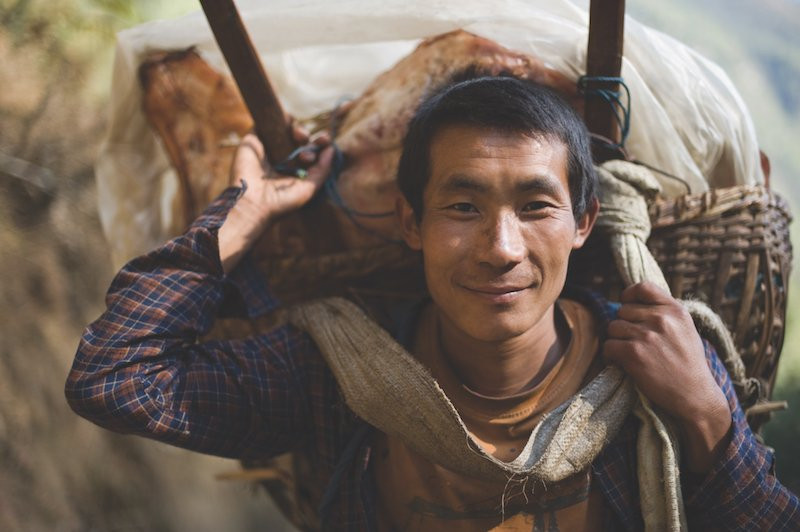Spotlighting Devastating Climate Effects on the World’s “Third Pole”
 Alex Treadway/ICIMOD
Alex Treadway/ICIMOD
The Challenge
Known as the “Third Pole” and the “World’s Roof,” the Hindu Kush Himalayan (HKH) region is famed for its vast stores of glaciers and soaring peaks, including Mount Everest and K2. But despite these noble titles, this vulnerable mountain region spanning eight countries has been hugely overlooked in the climate science and media space.
Burness was asked to help change all this by drawing attention to the release of a landmark report on the HKH region led by the International Centre for Integrated Mountain Development (ICIMOD). Styled after the Intergovernmental Panel on Climate Change (IPCC) reports, the Hindu Kush Himalaya Assessment was designed to put the HKH region on the climate map.
Developed over five years, it includes insight by more than 350 researchers and policy experts from 22 countries and 185 organizations. With 210 authors, 20 review editors and 125 external reviewers, it is the first and most authoritative study of its kind.
The findings on climate were staggering. The report revealed even the most ambitious Paris Agreement goal of limiting global warming to 1.5 degrees by the end of the century would lead to a 2.1 spike in temperatures in the region and the melting of one-third of the region’s glaciers. This stretch of ice is a water source to some 250 million mountain dwellers and the 1.65 billion others living in the river valleys below. These people account for over one-fifth of the world’s population.
Our Approach
Burness developed a press release highlighting in no uncertain terms the most alarming and report findings, and framed the story as the “climate crisis you haven’t heard of.” The authors helpfully agreed that the release and pitch didn’t need to provide an overview of every single topic and finding in the book. By zoning in on the most newsworthy aspects, we were able to maximize the report’s media potential.
We reached out to dozens of top tier environment reporters worldwide, ensuring that we targeted both correspondents in the HKH region, and those reporters sitting in the main bureaus.
Dozens of reporters in the U.S., Europe and the HKH region representing nearly every major news outlet requested the report and interviews.
As most of the report authors were based in Nepal, we managed interview coordination that spanned three continents and cut across several time zones. Because we have staff in the U.S. and Europe, we never missed an interview opportunity—and we never had to stay up all night.
Results
The story went viral. Through the seamless coordination between ICIMOD and Burness, stories in the New York Times, Guardian and National Geographic ran when the embargo lifted. The Guardian story was the website’s most-read story the day the story went live. Dozens of stories followed this initial wave, including reports by the BBC, Al Jazeera and The Times.
In total, more than 140 original stories in over 20 languages ran within one week of the media promotion. The report’s lead author was quoted in more than 100 of these stories.
The impact for ICIMOD was almost immediate. In the weeks following the media promotion, the report was downloaded more than 200,000 times and mentioned more than 1,100 times on social media, including by prominent players in the climate scene.
It’s now safe to say the Hindu Kush Himalaya region is not overlooked in the climate space.